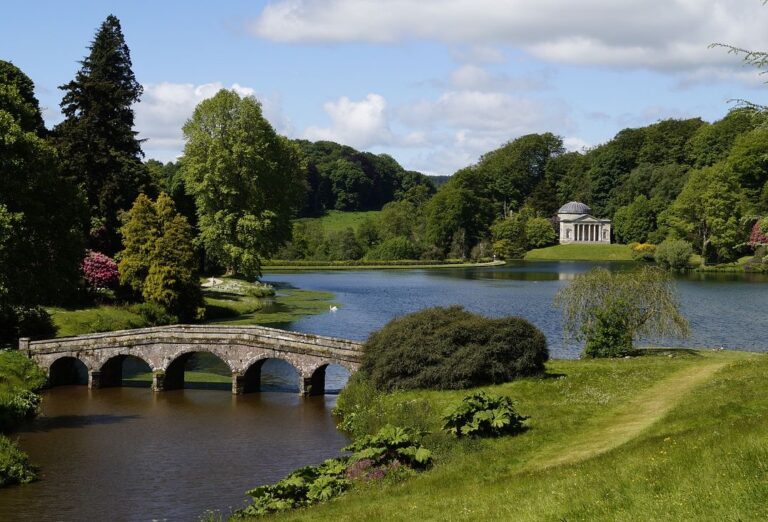2022/23 a record year for fundraising, National Trust annual report shows

The National Trust had a record year for fundraising in 2022/23 according to its latest annual report, with £117 million raised for core conservation work and improving access to nature, beauty and history.
Legacy income exceeded £70 million for the first time. Onsite fundraising was significantly bolstered by sales through second-hand book shops, with £2.5 million donated, which pays for more than 55,000 hours of expert collection conservation.
These donations, along with funds from other sources, also supported the National Trust to make a number of significant acquisitions on behalf of the nation. Items integral to the history, interpretation and visitor experience at Chirk Castle, Wrexham, were secured, including important landscapes, a rare survival of Servants’ Hall furniture, family portraits and historical artefacts.
Advertisement
Director-General Hilary McGrady commented:
“The generosity of our donors, funders and members continues to amaze us. It is only because of them that we can continue the work of the Trust. As well as our conservation programme, we are working hard to make sure that people have access to the quiet and space that our founder, Octavia Hill, knew was so important for people’s physical and mental wellbeing. This has been yet another challenging year, as prices have continued to rise and personal finances have been put under intense pressure. I’m delighted that people are so dedicated to spending their time and money with us during these difficult times, and that the National Trust’s charitable mission continues to resonate deeply with so many people.”
The 2022/23 Annual Report also shows that the charity’s volunteers donated 3.4 million hours, helping out in historic homes, gardens, second hand book shops and cafés, and supported ranger teams.
The National Trust dedicated a record amount of funds to the conservation of historic buildings and collections in the last financial year, spending a total of £179.6 million on projects large and small, including the reopening of Northumberland’s Seaton Delaval’s iconic Hall following an £7.4 million restoration project, and the transformation of the Dyrham Park house and estate in Gloucester. New openings post conservation work included the ‘Garden in the ruins’ at Nymans, Sussex, and the first Children’s Country House at Sudbury, Derbyshire.
Responding to and managing the impact of climate change and extreme weather was also a key focus of conservation efforts in the more than 22,000 gardens in the Trust’s care. Work to protect buildings and archaeological sites also continued.
More than a million trees had been planted by the end of 2022, and almost 17,000 hectares of new wildlife habitats had been created, in line with the charity’s ambition to establish 20 million trees by 2030.
The National Trust welcomed 24.1 million visitors at pay-for-entry places in 2022/23, made 1.7 million single-use free passes available to families, and invested £3 million in improving infrastructure, facilities and the visitor offer for people with physical access needs.
Director-General Hilary McGrady added:
“The record funds we dedicated in the last financial year reflects the National Trust’s enduring commitment to the beautiful historic places in its care, and the nation’s enthusiasm for this. We were able to make this significant investment during a particularly difficult economic environment, with rising costs and continued recovery from the pandemic, thanks to the millions of people who support our cause. Despite the challenges, our priority has been preserving the historic houses, buildings, gardens and collections in our care, for current and future generations to enjoy.”



